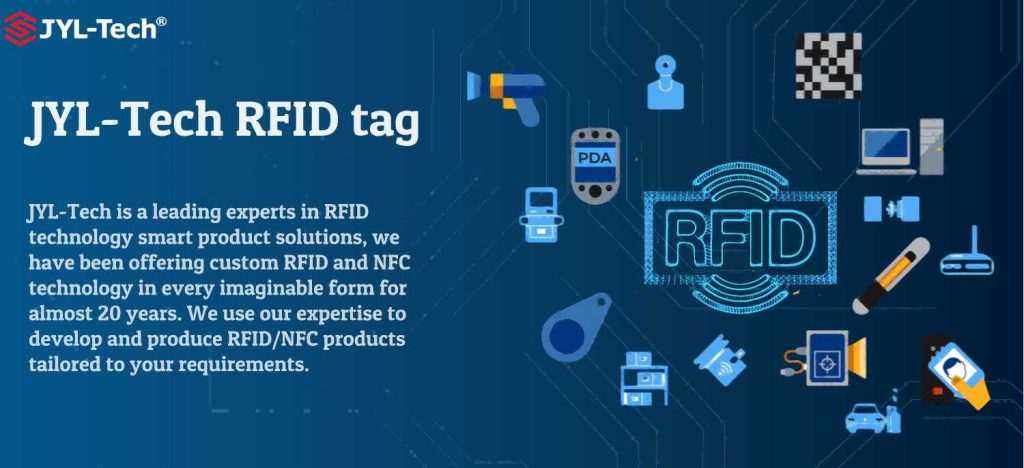What points should be carefully thought through when planning an RFID technology implementation ? Here’s a breakdown of each consideration:
Purpose:
Clearly define the purpose of implementing RFID technology. For example : retailer store management, logistics, supply chain, inventory management, traceability of expired goods, product tracking, and more.
RFID Tag Tracking Method:
Determine the level at which RFID tags will be applied – whether at the item level, carton level, or pallet level. This will impact the granularity of tracking and the number of tags required.
Labeling Method:
Decide on the labeling process, considering design, printing, and programming. Determine whether labels will be applied manually or automatically, and where they will be affixed – in factories, warehouses, or stores.
RFID Identification Method:
Choose the method for identifying RFID tags, whether individually, in bulk, or using density-based identification techniques.
RFID Facilities:
Determine the types of RFID readers and infrastructure needed, including tunnel RFID readers, handheld terminals, gate readers, and anechoic chambers for testing and optimization.
Identification Environment:
Consider the various environments where RFID tags will need to be read, such as flat identification, forklift identification, shelf partition reading, near-field density identification, and even underground identification.
Whole System Preparation:
Evaluate the readiness of software systems (ERP, MES, WMS), network, hardware, cloud servers, RFID printers/encoders, and readers/writers. Ensure software compatibility with RFID technology and test the facilities and samples for functionality.
RFID Tags Selection and Design:
Select appropriate RFID tags based on factors like the adherend’s material (including metal or liquid), working environment challenges (humidity, liquid, oil, vibration, etc.), label dimensions, shape, working life, certifications needed, and variable data processes.
Business Confirmation:
Finalize the budget for RFID implementation, inquire about previous RFID tag purchases, discuss the experience with the manufacturer’s products and services, assess whether any custom designs are required, and ensure that the required RFID reader and antenna quantities and specifications are known.
These considerations highlight the complexity and depth of planning required to successfully deploy RFID technology to achieve the desired goals. It’s essential to address each of these points meticulously to ensure a smooth and effective implementation process.
Related Products
Contact Form
We can help you?
Find the RFID product or solution that meets your business needs. Ask us to help you find the right decision.
Share this page



